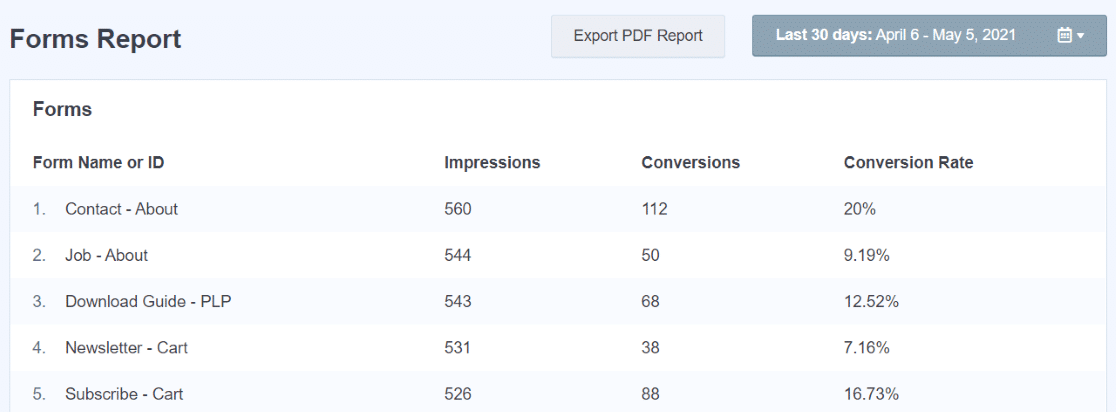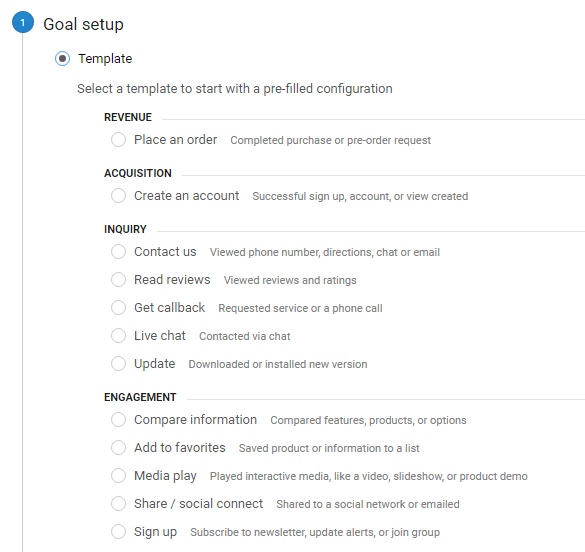Comprehending What Data Is Google Analytics Goals Unable to Track
Comprehending What Data Is Google Analytics Goals Unable to Track
Blog Article
Revealing the Blind Destinations: Recognizing What Google Analytics Goals Can not Measure
In the world of electronic analytics, Google Analytics stands as an effective tool for tracking and analyzing on-line customer interactions. Comprehending what Google Analytics goals can not measure is essential for obtaining a detailed view of user actions and involvement.
Customer Behavior on External Platforms
Understanding how individuals communicate on external platforms is essential for maximizing on the internet techniques. Outside systems, such as social media networks, reference websites, and on the internet discussion forums, play a considerable function in driving traffic to a firm's website. By assessing customer actions on these platforms, services can acquire useful insights right into the performance of their marketing initiatives and the preferences of their target market.
One secret facet of user habits on external systems is the reference source. By tracking where the individuals are coming from, services can identify which platforms are driving the most traffic to their internet site. This details can aid business assign their sources more effectively, focusing on the systems that produce the very best results.

Offline Interactions and conversions
Examining customer habits on external platforms offers important understandings right into on the internet strategies; nonetheless, taking into consideration offline conversions and interactions is equally important for a comprehensive understanding of a firm's overall efficiency. Offline conversions, such as in-store acquisitions or phone queries, play a significant function in numerous organizations' success.

Attribution Beyond Last Click
When diving into the realm of digital marketing analytics, it ends up being important to look past the solitary touchpoint of the last click for a much more thorough understanding of attribution. While Google Analytics provides valuable understandings right into user actions, counting solely on last-click acknowledgment can be restricting - what data is google analytics goals unable to track. Acknowledgment versions that go beyond the last click provide a more nuanced sight of the customer journey, taking right into account all the touchpoints that result in a conversion
Attribution beyond the last click permits marketing professionals to assign credit scores to numerous interactions along the conversion course, giving a more clear image of the effectiveness of various advertising channels. By exploring multi-touch attribution designs such as direct, time degeneration, or position-based acknowledgment, companies can better designate their marketing budgets and optimize their techniques for optimal effect.
Understanding the influence of each touchpoint in the conversion procedure is essential for making notified choices and making best use of ROI. By welcoming acknowledgment beyond the last click, businesses can get deeper insights right into consumer habits and customize their advertising initiatives more properly.
Cross-Device and Cross-Browser Tracking

Similarly, cross-browser monitoring complements cross-device tracking by recording user actions as they switch between various internet internet browsers. Recognizing just how customers communicate with internet sites on different browsers can aid marketing experts enhance their online experiences to guarantee consistency and performance throughout various platforms.
Qualitative Data and User Intent
Understanding user intent through qualitative information analysis is crucial for establishing targeted electronic marketing approaches that resonate with the needs and choices of the target audience. Qualitative information provides insights right into the 'why' behind customer actions, clarifying motivations, emotions, and preferences that quantitative data alone can not capture. By analyzing customer comments, remarks, and communications, marketers can reveal valuable details concerning user intent, enabling them to customize their messaging, content, and offerings to much better align with what their audience is seeking.
Qualitative data additionally aids in recognizing the context in which individuals engage with an internet site or application. This contextual understanding makes it possible for marketers to produce even more pertinent and personalized experiences, eventually driving higher engagement and conversion rates. By delving into user intent through qualitative information analysis, companies can get a much deeper understanding of their target audience, leading to extra effective marketing approaches that click this link satisfy users' needs and expectations.
Final Thought
To conclude, Google Analytics goals have restrictions in measuring user habits on external systems, offline conversions, attribution past last click, cross-browser and cross-device monitoring, and qualitative information connected to individual intent. what data is google analytics goals unable to official site track. It is essential for services to be knowledgeable about these blind spots in order to supplement their data analysis with other tools and methods to obtain a much more extensive understanding of their target market and enhance their total electronic advertising and marketing strategies
By assessing user behavior on these systems, organizations can get beneficial insights into the effectiveness of their advertising and marketing efforts and the preferences of their target audience.
Analyzing individual actions on outside platforms supplies valuable insights right into on the internet techniques; nonetheless, taking into consideration offline conversions and communications is similarly important for a detailed understanding of a firm's overall efficiency.In digital advertising analytics, moving past last-click attribution to check out cross-device and cross-browser monitoring is necessary for acquiring an all natural understanding of customer communications across various platforms and tools. By assessing customer comments, remarks, and communications, marketing experts can discover important info concerning individual intent, enabling them to customize their messaging, web content, and best site offerings to better align with what their audience is looking for.
By diving into user intent via qualitative information evaluation, services can get a deeper understanding of their target audience, leading to extra efficient marketing approaches that meet customers' needs and assumptions.
Report this page